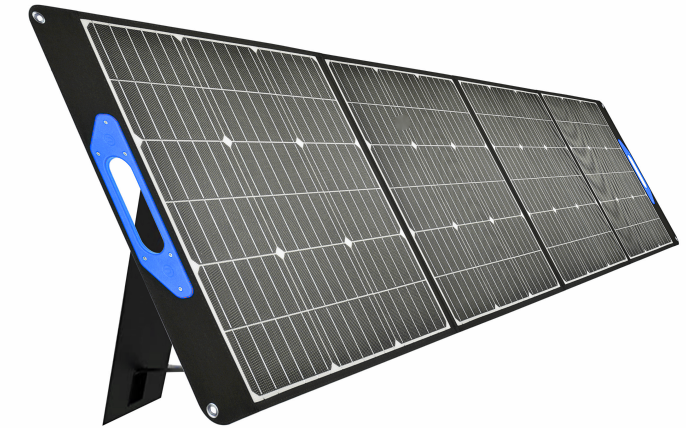Artificial intelligence (AI) technologies, including big data and machine learning, are making significant strides in converging with other industries, driving innovation across sectors. This convergence is particularly evident in the smart home and appliance market, where integrating AI into everyday devices is becoming a key trend. Major players in the industry are increasingly recognizing the transformative potential of AI and IoT in reshaping home appliances, moving beyond mere functionality to create more personalized experiences.
Traditionally, the white goods market has been characterized by fierce price competition and limited innovation. However, the advent of IoT and AI has opened up new avenues for growth. For instance, the integration of smart features into appliances is no longer just about adding screens or basic connectivity. Instead, it’s about creating differentiated solutions tailored to specific use cases and scenarios. Companies are now focusing on how AI can enhance appliance functionality in ways that truly add value to consumers' lives.
Consider the case of Japan’s 7 Dreamers Laboratories and Panasonic, which introduced an automatic folding machine that disrupted the stagnant white goods market. By leveraging IoT and AI, they’ve not only redefined what’s possible but also set a benchmark for future innovations. Similarly, Daiwa House Industry has taken steps further by integrating IoT into laundry systems, allowing for database-driven clothing identification and classification. This approach opens up possibilities for automated services like personalized clothing recommendations and size adjustments, addressing common issues like ill-fitting garments.
The IoT sector itself is booming, with regional alliances across China showing remarkable growth. For example, Jiangsu Province saw its IoT revenue surpass 360.7 billion yuan in 2015, maintaining a yearly growth rate exceeding 30%. Yet, despite these advancements, many early attempts at smart appliances—like refrigerators with built-in displays or AI-powered recipe suggestions—have struggled due to a lack of compelling applications. Consumers often found these features gimmicky rather than genuinely useful.
To overcome these challenges, breaking down barriers between industries is crucial. While some products, like AI-powered robotic vacuum cleaners, have managed to carve out niche markets, simply retrofitting existing appliances with IoT or AI won’t suffice. Instead, companies must focus on creating entirely new categories of products that address unmet needs.
Looking ahead, the next decade promises exciting developments as AI becomes increasingly sophisticated. As robots learn and adapt more effectively, we’ll see smarter, more intuitive appliances that anticipate user needs. However, the commercial market will likely remain the primary beneficiary of these advancements in the near term. Consumer-grade AI appliances face hurdles in scaling and achieving widespread adoption, especially when it comes to replacing human decision-making.
Take, for instance, SoftBank’s Pepper robot, once heralded as revolutionary but later criticized for its limited functionality and poor sales performance. Despite initial hype, Pepper struggled to justify its cost, ultimately leading to financial difficulties for the parent company. Even today, most AI applications in consumer electronics remain supplementary, enhancing functionality rather than fully replacing human interaction.
In conclusion, while AI holds immense promise for transforming the home appliance industry, realizing its full potential will require patience and strategic planning. The journey from solving technical problems to delivering seamless user experiences will take time. Companies must invest in developing meaningful, context-aware solutions that resonate with consumers while balancing functionality with affordability. Only then can AI truly fulfill its role as a game-changer in the modern household.

A solar cell panel, solar electric panel, photo-voltaic (PV) module, PV panel or Solar Panel is an assembly of photovoltaic solar cells mounted in a (usually rectangular) frame, and a neatly organised collection of PV panels is called a photovoltaic system or solar array. Solar panels capture sunlight as a source of radiant energy, which is converted into electric energy in the form of direct current (DC) electricity.
200W Solar Panel,Solar Panel Portable Charger,Folding Solar Portable Power Station With Solar Panel,Folding Solar Panel
suzhou whaylan new energy technology co., ltd , https://www.whaylan.com